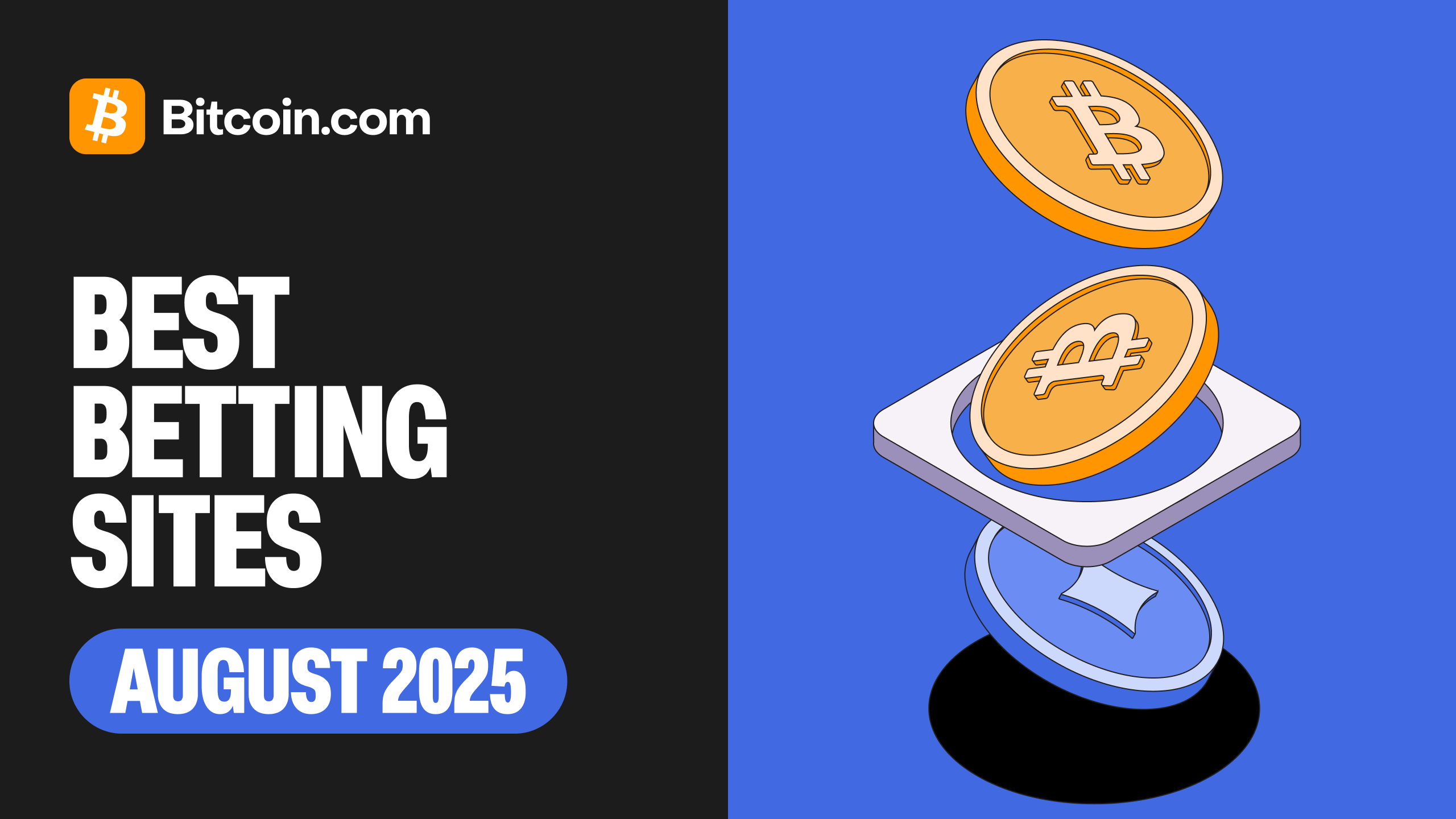The Curious Case of KOK: A Deep Dive into a Korean Media Blockchain Project
The world of cryptocurrencies is rife with innovative ideas and ambitious projects, each aiming to carve a niche in the rapidly evolving digital economy. One such contender is KOK, a blockchain platform designed around Korean media content. Positioned as a disruptor in the entertainment industry, KOK promises to realign the flow of revenue from content creators to consumers, facilitated by blockchain technology. Yet, beneath the technological promise lies a complicated story marked by volatile market performance, early venture capital interest, and significant controversies, including allegations of operating like a multi-level marketing (MLM) scheme. This exploration looks deeply into KOK’s origins, market dynamics, investment trajectory, controversies, and future outlook to paint a comprehensive picture for stakeholders and observers.
Decentralizing Korean Media: KOK’s Original Vision and Core Functionality
At its core, KOK Chain was envisioned as a blockchain platform addressing longstanding problems within the Korean media industry. Traditionally, Korean content creators—from drama producers to filmmakers—have expressed concerns about receiving only a fraction of the revenues generated by their creative work. This is largely due to multiple intermediaries who command significant shares of profits before proceeds reach the original creators.
KOK’s strategy involves cutting out many of these middlemen by employing blockchain technology to establish a decentralized ecosystem. This ecosystem enables direct interaction between content creators and consumers in a transparent environment. The platform distributes Korean dramas, films, and other media content while rewarding users and creators with KOK tokens. Users can earn tokens by watching content, contributing to platform development, or staking their existing token holdings. Meanwhile, creators receive tokens directly from their audience, fostering a fairer compensation framework.
This model leverages the global popularity of Korean media—famously known as the “Korean Wave” or “Hallyu”—to attract a wide user base and build a self-sustaining content network. The platform’s whitepaper emphasizes transparency, security, and fair revenue sharing as foundational principles, aiming to enhance trust and long-term engagement within the digital ecosystem.
Market Performance: Volatility and Limited Liquidity
Despite its ambitious vision, KOK’s market performance paints a turbulent and somewhat bleak picture. Data from CoinGecko shows that KOK’s token price has experienced significant fluctuations, reaching an all-time high of BTC0.0001759 and a low of BTC0.00007236. As of June 2025, the token price ranges approximately between $0.0001834 and $0.000299 USD but is characterized by extremely low daily trading volumes—often reported as zero dollars—signaling minimal active market participation.
With a market capitalization around BTC0.1833 (roughly $28,299 USD), KOK ranks low within the cryptocurrency space (#8762 on CoinGecko). This limited market capitalization reflects a subdued investor interest or constrained liquidity. Price forecasts for KOK vary drastically: conservative estimates see only modest gains, while more optimistic, yet speculative predictions anticipate a rise to as much as $0.0483 or even $24.73 by the end of 2025. These wide-ranging predictions underscore KOK’s inherently speculative nature, common to many niche blockchain projects.
Venture Capital Interest and Growth Challenges
KOK gained early momentum through substantial venture capital interest. In December 2021, a GlobeNewswire report highlighted investments from two venture capital firms, signaling confidence in the project’s potential to innovate within the Korean entertainment industry. The infusion of capital was intended to accelerate platform development, enhance user acquisition, and expand the network.
However, the growth trajectory since then has been lackluster. The persistently low trading volumes and modest market cap suggest that KOK has struggled to break into mainstream adoption or maintain sustained user engagement. Recent updates and media coverage show a strong emphasis on recruitment campaigns and heavily promoted investment opportunities touting high returns. Such strategies have raised questions about the project’s scalability and the sustainability of its business model, particularly as these efforts resemble tactics more aligned with investment schemes than with organic platform growth.
The MLM Controversy: Questions about Business Ethics
A significant cloud over KOK’s reputation stems from allegations that it operates similarly to a multi-level marketing (MLM) scheme. Reports, including a detailed Medium article from a former relationship banker, criticize KOK’s structure and promotional methods. The primary points of concern revolve around the project’s heavy reliance on recruitment incentives. Users are encouraged to invest capital and recruit others under promises of substantial monthly returns—a strategy characteristic of MLM and pyramid schemes.
Further supporting this criticism, multiple Reddit discussions (notably in the r/MLM forum) and news outlets highlight the aggressive marketing approach. Ads frequently spotlight “part-time recruitment” and “high monthly returns” achievable with small investments, such as $100. This recruitment-driven revenue generation contrasts with traditional business models based on genuine product or service value, raising red flags about the venture’s legitimacy.
The frequent pairing of terms like “Yield” and “Staking” with recruitment incentives further blurs the line between legitimate blockchain staking operations and speculative investment schemes. Unlike typical decentralized finance (DeFi) projects, where staking rewards derive from network participation or transaction fees, KOK’s staking rewards appear entangled with recruitment-driven capital inflows, amplifying concerns about its sustainability and ethical standing.
Broader Technological Context and Blockchain Adoption
It is important to contextualize KOK’s challenges within the larger blockchain technology landscape. Blockchain has garnered significant interest beyond cryptocurrencies, as evidenced by a recent report of a R$47.8 billion investment by Brazilian banks into AI and blockchain technologies. This trend underscores that while blockchain itself holds transformative potential, the success of individual projects heavily depends on robust business models and trustworthy execution.
KOK represents a case where blockchain technology is applied to an innovative use case—the Korean media industry—but faces hurdles related to market adoption, community trust, and operational transparency. It serves as a reminder that technology alone cannot guarantee success without strong governance and sustainable economic incentives.
Navigating the Future: Challenges and Opportunities
Looking ahead, KOK’s future remains uncertain and fraught with challenges. The platform’s goal to provide fairer compensation for Korean media creators is compelling and addresses a genuine need in the industry. Yet, the project must overcome several critical obstacles to remain viable.
First, distancing itself from MLM-related accusations is paramount. Establishing transparent and verifiable revenue streams based on content consumption and genuine user engagement, rather than recruitment and speculative returns, will be essential. Clear segregation between investment activities and platform participation can help rebuild credibility.
Second, KOK should prioritize organic growth strategies by attracting content creators and consumers who engage for the platform’s intrinsic value rather than solely for investment purposes. Strengthening partnerships with media producers and leveraging the global Korean Wave could boost content quality and diversity, attracting a wider audience.
Lastly, enhancing transparency on revenue distribution mechanisms and ensuring regulatory compliance would increase investor and user confidence. Without these measures, KOK risks fading into the overcrowded marketplace of failed cryptocurrency projects—an unfortunate example of potential undermined by questionable business practices.
Summary
KOK embodies a multifaceted blockchain initiative intersecting cryptocurrency innovation with Korea’s flourishing media sector. Its vision to revolutionize content monetization via a decentralized network holds promise but is tempered by volatile market performance, limited liquidity, and deeply concerning MLM allegations. Early venture capital backing provided momentum, yet subsequent growth and user engagement appear constrained. With blockchain technology’s rise in mainstream sectors, KOK’s ultimate fate hinges on its ability to pivot towards transparency, sustainable business practices, and genuine user-centric growth. Failing to do so may relegate it to a cautionary example in the annals of blockchain projects—where good intentions and innovative ideas are overshadowed by operational challenges and controversies.




